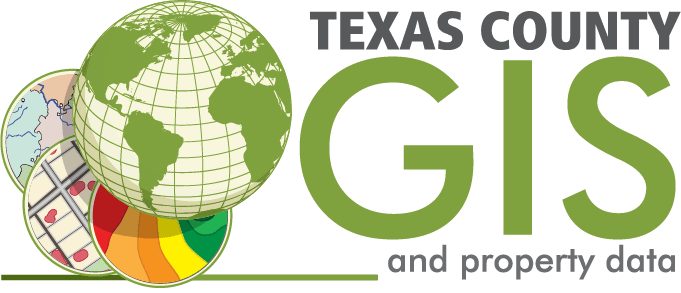State And Local Government GIS
Learn how our State & Local Government GIS
can power your company.
State and local government gis

Government GIS Services
Electric cooperatives are the backbone of countless communities, delivering reliable power to homes, businesses, and industries. To further enhance your services and streamline operations, embracing GIS data is a game-changer. GIS technology allows you to visualize, analyze, and interpret spatial data, offering a dynamic approach to managing your electrical distribution network.
State/Local Government GIS Data
Leveraging GIS to integrate location intelligence into strategic decision-making yields profound insights into pressing national challenges, while bolstering evidence-based policy formulation rooted in scientific analysis.
National Government Industries
- Agriculture
- Aviation
- Defense
- Earth Sciences
- Elections
- Emergency Management
- Forestry
- Human Services
- Humanitarian Assistance
- Intelligence
- Land Administration
- Land Records
- Law Enforcement
- Mining
- National Mapping
- National Maritime And Hydrography
- National Security
- Official Statistics
- Public Health
- Transportation
- Tribal

State & Local Government GIS Frequently Asked Questions
GIS enables state and local governments to automatically organize information by location and store all network data in a single platform – one that doesn’t require boxes of documents or burning DVDs.
GIS stands for geographic information system (GIS), which is a technological tool that’s used for comprehending geography and making intelligent real-time decisions. Both state and local governments rely on GIS technology to better meet the needs of customers. GIS provides utilities with an efficient, integrated platform for data management, planning and analysis, workforce automation, and situational awareness.
Our state and local government GIS software tracks a wide range of governmental GIS data points, that includes Ownership, Parcel Boundaries, Lot Lines, Abstracts, Subdivisions, School Districts, Streets, Blocks/Sections, and City Limits.
